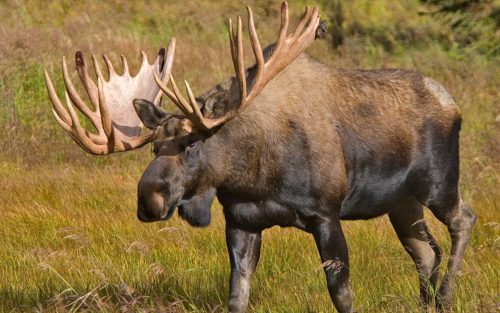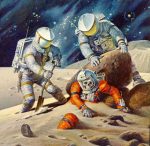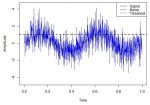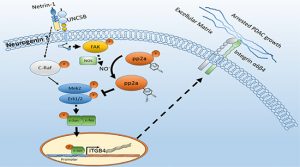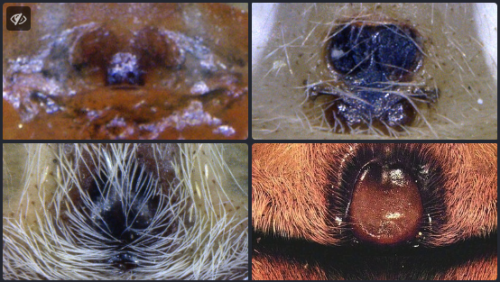My students talked about their work today — this picture was taken before the crowds put them to work.
Violet took full advantage of the medium, a big screen connected to a laptop, and instead of a static display, the ‘poster’ rotated through a big collection of images. They had the prettiest poster of the group, as long as spiders are considered to belong to the category “pretty”.



